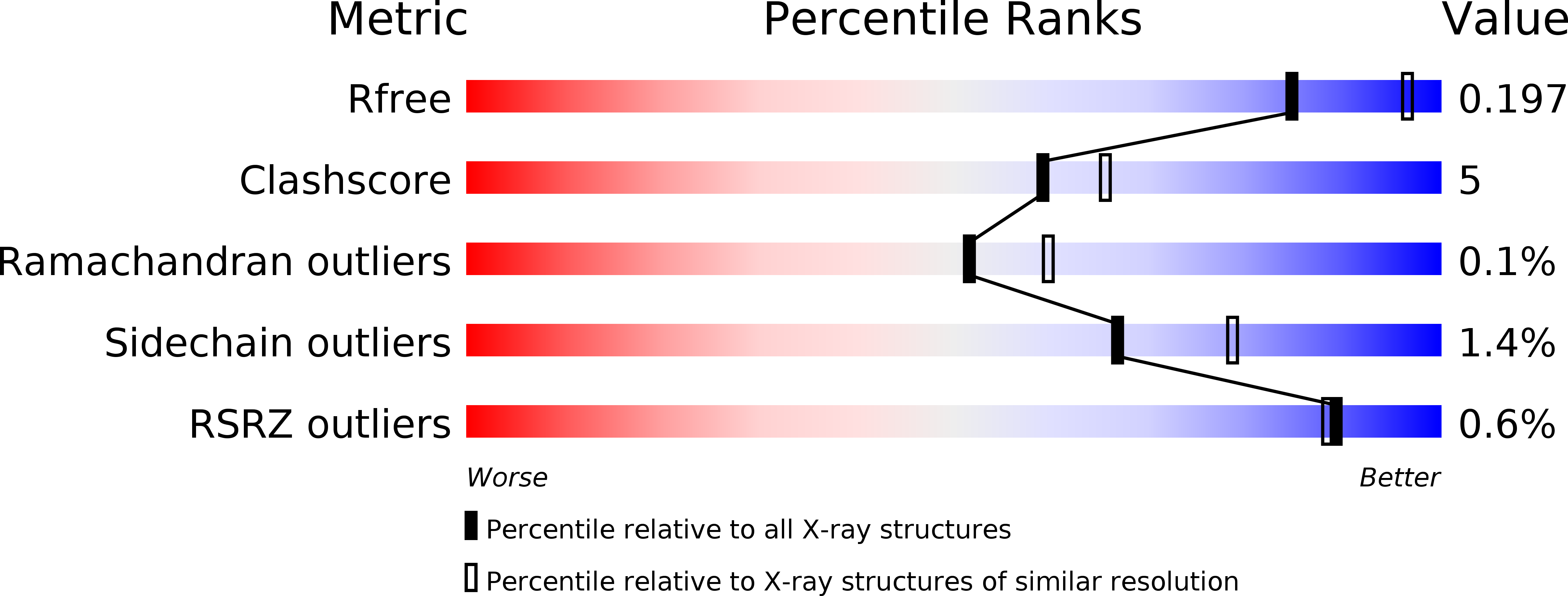
Deposition Date
2012-02-17
Release Date
2012-07-11
Last Version Date
2023-09-13
Entry Detail
Biological Source:
Source Organism:
ARTIFICIAL GENE (Taxon ID: 32630)
Ovis aries (Taxon ID: 9940)
Ovis aries (Taxon ID: 9940)
Host Organism:
Method Details:
Experimental Method:
Resolution:
2.22 Å
R-Value Free:
0.19
R-Value Work:
0.15
R-Value Observed:
0.16
Space Group:
P 1 21 1


